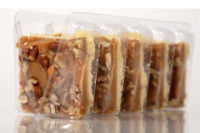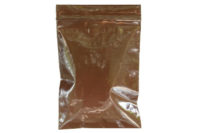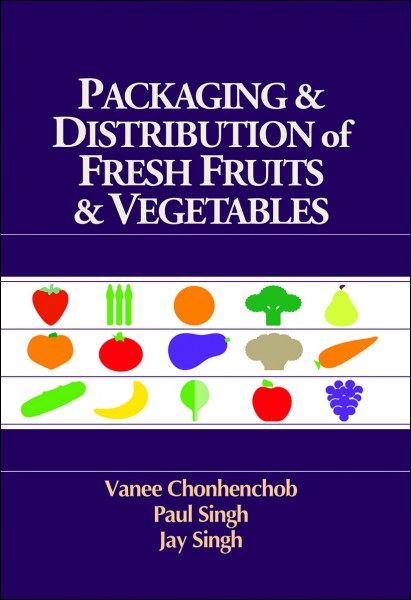U.S. Demand for Converted Flexible Packaging to Exceed $18 Billion in 2015
Demand for converted flexible packaging is projected to increase 3.8%
annually to $18.2 billion in 2015, according to a new study presented
by The Freedonia Group.
Demand for converted flexible packaging is projected to increase 3.8% annually to $18.2 billion in 2015, according to a new study presented by The Freedonia Group, Inc., a Cleveland-based industry research firm. The study, titled “Converted Flexible Packaging,” shows gains will be similar to the pace of the 2005-10 period based on the well-established presence of pouches in a number of food and non-food markets coupled with overall deceleration in raw material price growth. Plus, converted flexible packaging’s source reduction capabilities will be increasingly advantageous in light of initiatives by major retailers and packaged goods firms to evaluate their packaging in terms of eco-friendliness and cost reduction.
Pouches will experience above-average advances, with demand expected to increase 4.6% yearly to $8 billion in 2015. Growth will be driven by continued conversions to stand-up pouches and healthy gains for flat pouches in a number of markets, along with a smaller environmental footprint due to light weight and reduced material use, which also holds down shipping costs. Additionally, the aging of rigid packaging equipment will create openings for replacements by pouch packaging equipment over the coming decade.
Gains for bags will be moderated by the maturity of many applications along with competition from pouches and rigid packaging. Still, advances will represent an improvement from the 2005-10 performance based on the expected recovery in the U.S. economy. Plastic bag demand will outpace that of paper bags due to cost and performance advantages, along with widespread usage in baked goods, frozen food and grain mill product applications. However, growing efforts by packaged goods firms to demonstrate their commitment to sustainability will lead to some degree of renewed interest in paper, which possesses renewability, recyclability and compostability.
Converted flexible packaging demand in food applications is projected to climb 4% per year to $12.9 billion in 2015. Advances will be driven by favorable demographics and rising demand for convenience-oriented and other processed food items, which often use more costly higher barrier packaging materials for extended shelf life. The fastest gains are anticipated in snack food applications.
For more details on this study, go to www.freedoniagroup.com.
Demand for converted flexible packaging is projected to increase 3.8% annually to $18.2 billion in 2015, according to a new study presented by The Freedonia Group, Inc., a Cleveland-based industry research firm. The study, titled “Converted Flexible Packaging,” shows gains will be similar to the pace of the 2005-10 period based on the well-established presence of pouches in a number of food and non-food markets coupled with overall deceleration in raw material price growth. Plus, converted flexible packaging’s source reduction capabilities will be increasingly advantageous in light of initiatives by major retailers and packaged goods firms to evaluate their packaging in terms of eco-friendliness and cost reduction.
Pouches will experience above-average advances, with demand expected to increase 4.6% yearly to $8 billion in 2015. Growth will be driven by continued conversions to stand-up pouches and healthy gains for flat pouches in a number of markets, along with a smaller environmental footprint due to light weight and reduced material use, which also holds down shipping costs. Additionally, the aging of rigid packaging equipment will create openings for replacements by pouch packaging equipment over the coming decade.
Gains for bags will be moderated by the maturity of many applications along with competition from pouches and rigid packaging. Still, advances will represent an improvement from the 2005-10 performance based on the expected recovery in the U.S. economy. Plastic bag demand will outpace that of paper bags due to cost and performance advantages, along with widespread usage in baked goods, frozen food and grain mill product applications. However, growing efforts by packaged goods firms to demonstrate their commitment to sustainability will lead to some degree of renewed interest in paper, which possesses renewability, recyclability and compostability.
Converted flexible packaging demand in food applications is projected to climb 4% per year to $12.9 billion in 2015. Advances will be driven by favorable demographics and rising demand for convenience-oriented and other processed food items, which often use more costly higher barrier packaging materials for extended shelf life. The fastest gains are anticipated in snack food applications.
For more details on this study, go to www.freedoniagroup.com.
Looking for a reprint of this article?
From high-res PDFs to custom plaques, order your copy today!









